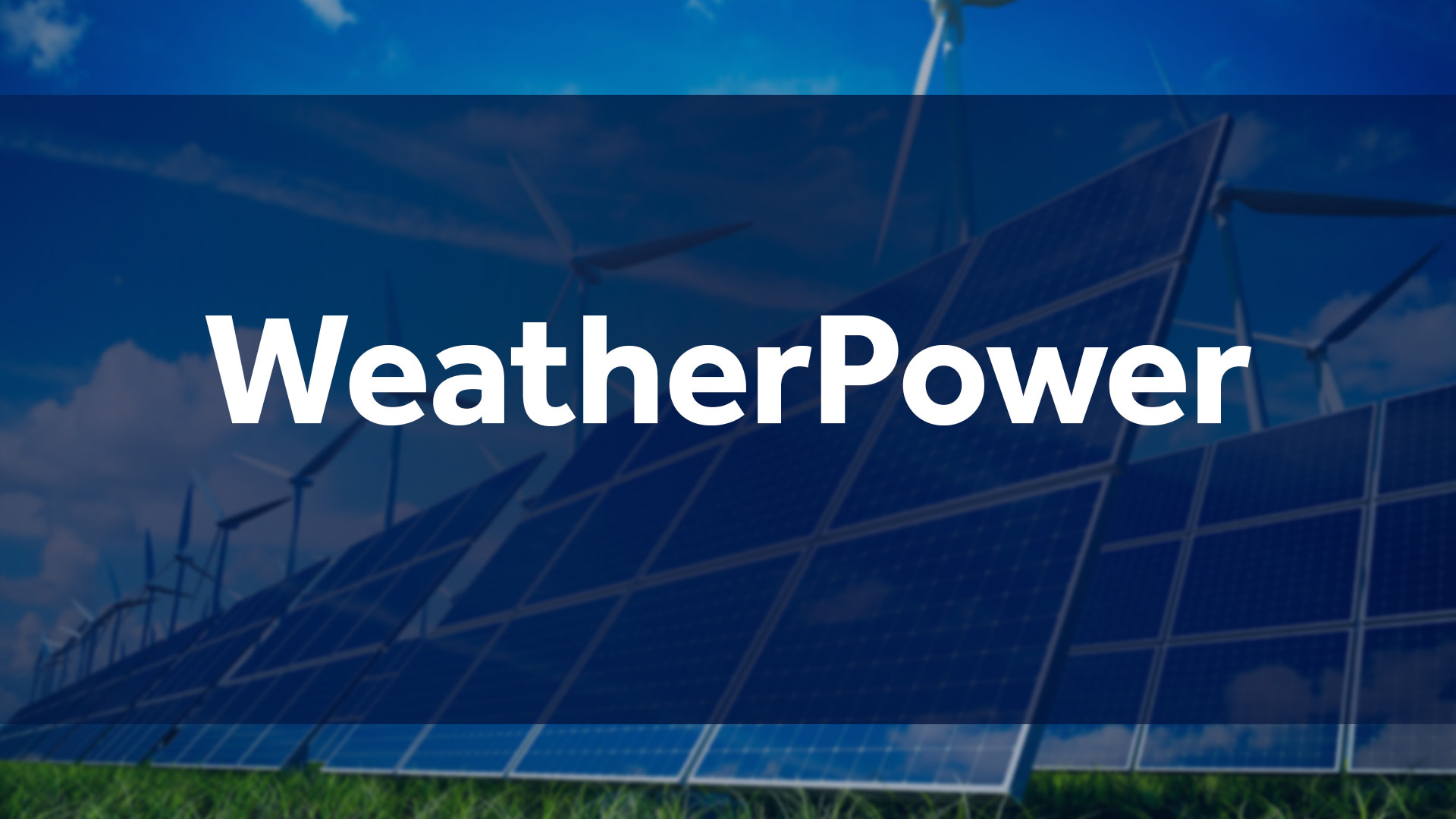KEY CONCEPTS
NEW: Climate Central’s WeatherPower tool now has Spanish-language graphics available!
Renewable energy projects and public interest in them are both on the rise. WeatherPower shows your audience how much wind and solar energy is already being generated in their communities.
To brush up on your knowledge of wind and solar energy, we’ve added a ‘Wind and Solar Power 101’ guide, which provides an overview of how these technologies work and why they matter.
Solutions Journalism Network joins us this week, reviewing their four-step process that serves as a guide for journalists covering responses to the world’s biggest issues, such as climate change.
With a growing commitment to reach net zero emissions in the next 30 years, and the importance of renewable energy in reaching that goal, we have updated our popular online WeatherPower tool. The tool shows how much daily wind and solar energy is already being generated in your area given the forecast weather conditions, and generates easy-to-read graphics to share with your audience. And we have two exciting new additions to WeatherPower! First, the graphics are now fully available in Spanish. Plus, for the weather insiders, we’re now using higher-resolution forecast data (see methodology below).
The costs of wind and solar energy continue to drop, allowing their use to scale up rapidly. In 2019, renewables generated 27% of the world’s energy and 17% of the energy in the United States. In addition to helping mitigate the impacts of climate change, renewable energy is already creating jobs and economic development, supporting energy security, and improving public health by reducing air pollution air quality.
WeatherPower uses NOAA/National Weather Service forecast data and information on renewables already installed to show your audience how much wind and solar power will be generated on a given day. Customize your graphics by:
Geography: state, media market, and county
Metric: electricity generated, equivalent homes powered, CO2 avoided, trees planted, car miles avoided, and smartphones charged
Additional solar metric: approximating how much money an average homeowner would save on their daily electricity costs if they had solar panels
For a comprehensive overview on solar energy, take a look and bookmark our recent Solar Power Solutions Brief, and be on the lookout for our corresponding brief on wind power next month. To fill in the gaps, examine our other related releases:
The growth of battery storage capacity
What is means to reach ‘Net Zero’
Taking a Solutions-Based Approach to Reporting on Renewable Energy
From
How do reporters cover the transition to renewable energy with a critical eye toward what solutions are most effective? What impact will the transition have on local communities? Are we covering the transition through a social equality lens? How do we provide knowledge to audiences so they can make informed decisions about their energy choices?
Solutions Journalism Network has developed a four-step process, called the “four pillars,” that serves as a guide for journalists covering responses to the world’s biggest social issues, such as climate change.
First, make certain you are covering the response to the problem—not just the problem. This story from Reasons To Be Cheerful took a solutions approach and reported on how abandoned coal mines are being repurposed—including being used as solar farms.
Second, be sure to rigorously report the evidence of effectiveness. Put simply, is the response working or not?
Third, be transparent about the limitations of the response. These two steps guard against greenwashing. This story on “agrivoltaics” from the Huffington Post shows that a shift to solar requires a lot of land. It’s also honest that “agrivoltaics”—where crops and solar panels co-exist—are so new that not much data are available yet on how successful they are in growing food crops at scale.
And finally, what insight can be distilled from the response to make it relevant to those reading the story? This story from Fast Company on micro-solar grids offers a new way of thinking about solar and its portability.
For inspiration and ideas, here is a collection of stories from the Solutions Story Tracker on wind, solar, and other renewable energy sources. You also can also search the Story Tracker yourself here which has more than 11,000 solutions-focused stories from more than 1,400 news outlets and 182 countries. Stories from the tracker are also often re-publishable through our SoJo Exchange. To learn more about training for journalists and newsrooms, explore our Learning Lab. To get in touch with us, feel free to email Fara Warner at fara@solutionsjournalism.org.
EXPERTS AVAILABLE FOR INTERVIEW
Eric Larson, Ph.D.
WeatherPower Tool Developer
Senior Research Faculty Member, Energy Systems Analysis Group
Princeton University, Andlinger Center for Energy and the Environment
elarson@princeton.eduDavid Glickson - Media Contact, National Renewable Energy Laboratory
Numerous professionals available to discuss topics from industrial batteries to grid modernization
David.Glickson@nrel.govFind additional experts to interview at our Solar Power Solutions Brief.
METHODOLOGY
To better represent smaller scale features important to renewable energy generation, WeatherPower is now using the NOAA National Weather Service HRRR (High Resolution Rapid Refresh) forecast model for the first 48 hours of the forecast period, where previous versions used the NOAA/NWS GFS (Global Forecast System) for the entire forecast period. Find the complete WeatherPower methodology here.
